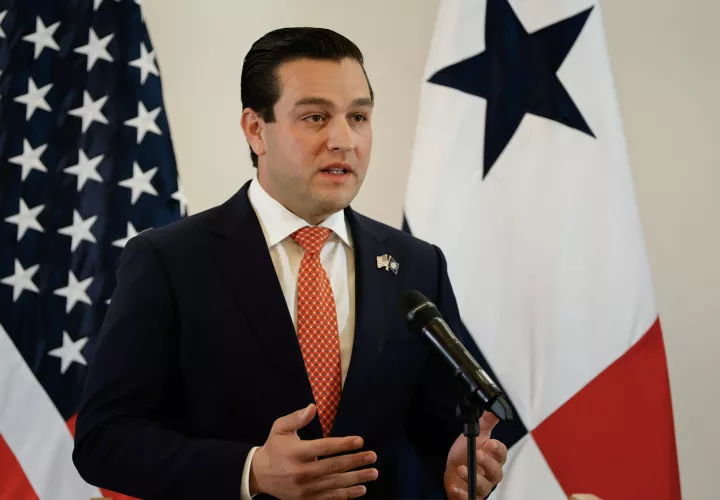Clandestine rentals mop up tourists, hit hotels

APARTMENT owners who do not pay taxes on “clandestine” tourist rentals account for 20 percent of visitor room occupancy in Panama City according to figures from the Comptroller General.
Hotels in the capital of Panama had a total o f 10,488 rooms available in May 2017, of which 5,798 (55.3%) were unoccupied.
Gustavo Him administrator of the Tourism Authority says that one of the main causes of the low hotel occupancy is the boom in ‘clandestine lodging’ in the country reports La Estrella.
According to Him, ‘clandestine accommodation’ accounts for approximately 20% of the country’s occupation. If this percentage was added to 44.7% of hotel occupancy in May, there would be a different scenario for the hotels, he said.
“Many of the tourists who visit Panama are not using the hotels, but the clandestine rental s, which do not pay taxes,” added the administrator of the Tourism Authority.
Hoteliers point out that in addition to paying taxes they provide employment for thousands of citizens and are major purchasers of local supplies.
Him announced that the Government is making efforts to achieve a minimum of 70% of hotel occupancy by the end of 2017 and the beginning of 2018.
“It would be an optimum performance for the investments that hoteliers have,” he said.
According to Him, this translates to 2.6 million visitors in 2017 and 2.8 million in 2018 rising to three million in 2019. “That is the expectation and goal of the Government and the ATP, and are numbers that go hand in hand with the needs of the room market.”
Hotel vacancy has been continuously increasing for six years, according to statistics compiled by the Office of the Comptroller General.
Climbing vacancies
In 2010, hotel vacancy in Panama City reached one of its lowest points, when it stood at 33%. In 2011, it increased to 35%; In 2012, it rose to 41%; And in 2014, to 44%. The vacancy rate in 2015 was 48% and in 2016, a disastrous 52%.
In the first five months of 2017, average hotel vacancy stood at 51%, similar to the results for 2016.
The level of vacancies in the capital could also be associated with an oversupply of rooms, which was generated by the tax incentives that past governments granted to the tourism industry.
In 2008, before tax incentives were eliminated, there was a tide’ of new projects totaling around $5 billion approved by the Tourism Authority of Panama at the time.
Among the benefits that the government granted for the development of hotel projects in Panama City and other urban sites of the country was the exemption of the income tax for twenty years and the exemption of the import tax of the products associated with the hotel.





